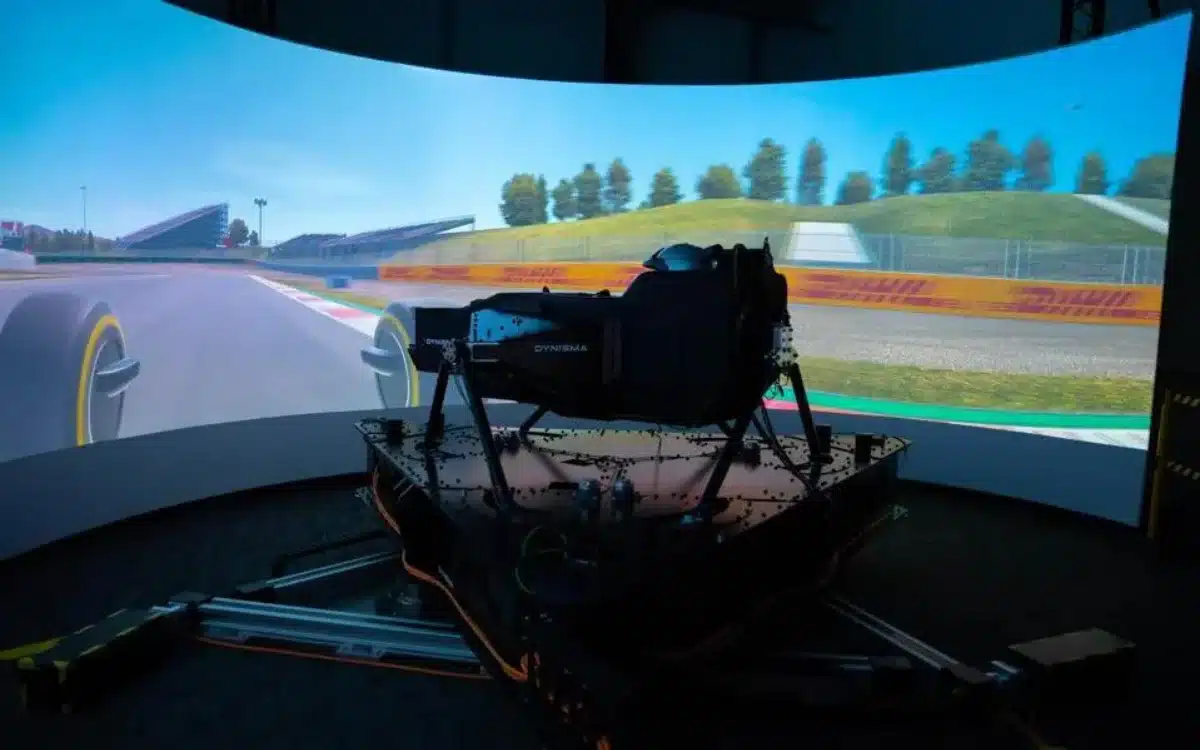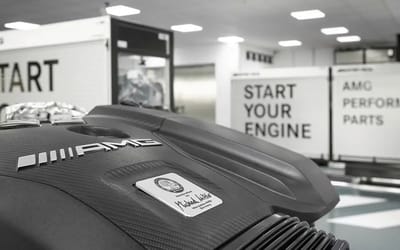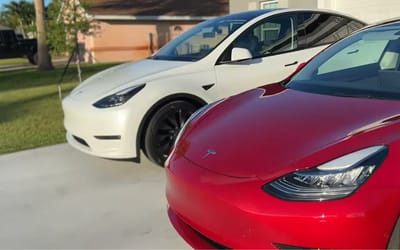Engineering firm develops F1 driving simulator that could save car manufacturers millions
- An engineering firm, Dynisma, has created an F1 driving simulator
- It’s predicted the groundbreaking tech will save car manufacturers ‘millions’
- It could end the need for expensive prototypes
Published on Apr 12, 2024 at 7:09 PM (UTC+4)
by Amelia Jean Hershman-Jones
Last updated on Apr 15, 2024 at 7:01 PM (UTC+4)
Edited by
Tom Wood
An engineering firm has created an F1 driving simulator that it’s hoped will save car manufacturers ‘millions’.
The driving simulator is said to be ‘the most dynamic, realistic, and scalable driving simulator in the world’.
So much so, that it’s thought that it could end the need for expensive prototypes.
READ MORE! Humanoid robot can pilot plane in cockpit designed for humans
Dynisma Motion Generators (DMG) was founded by Motorsport engineer, Ash Warne, at a farm close to Bristol back in 2017.
And after going from strength to strength, he’s just signed an exclusive deal to supply British supercar company, McLaren Automotive.
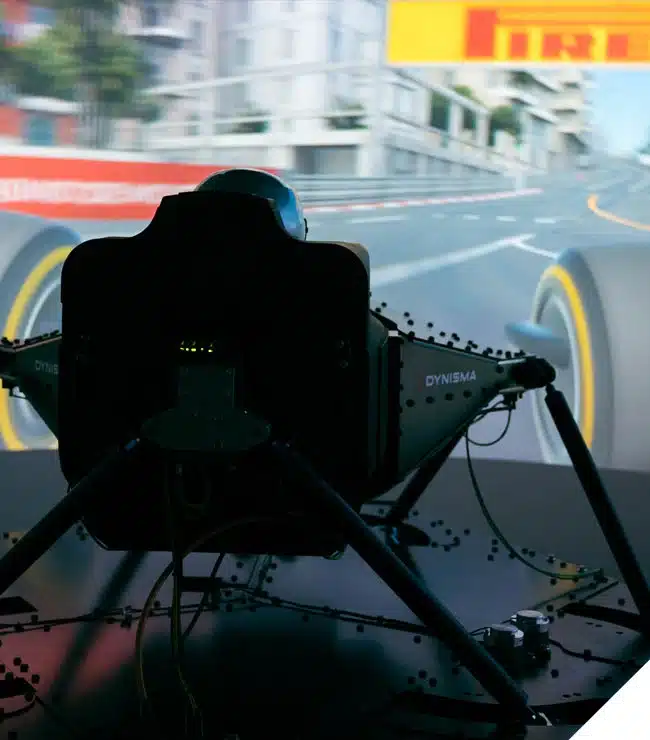
Steve Sutcliffe, a motoring journalist for Auto Express, told the BBC that he predicts the new simulator ‘will save car manufacturers tens of millions of pounds’.
If an F1 driver is in a simulator, the machine needs to react in the same 100-millisecond window as they do.
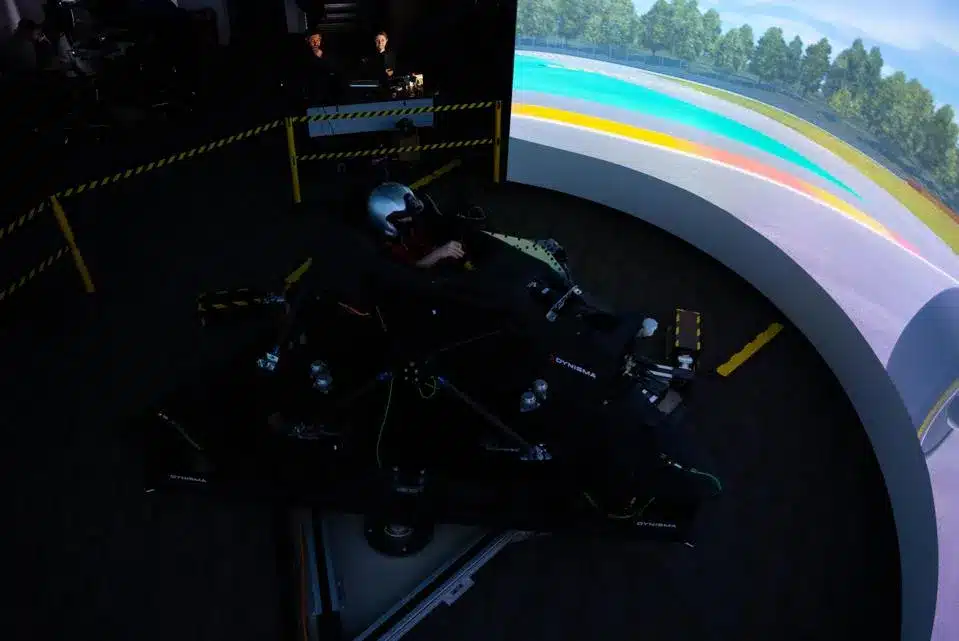
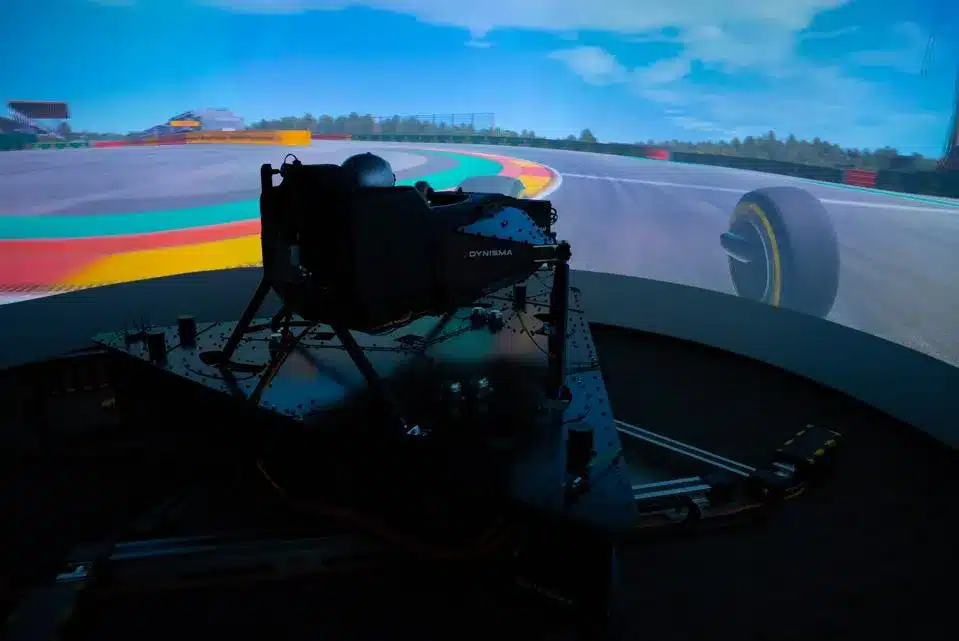
The wrap-around screen needs to respond fast to brakes, steering wheel, or accelerator.
The driver’s cockpit is held on electronically extendable struts to simulate precisely how a car corners.
Meanwhile, virtual reality goggles show the track at hundreds of miles an hour.
Most simulators have a 30-40 millisecond lag, which feels ‘less real’ to the initiated compared to the Dynisma simulator’s three milliseconds.
Sutcliffe said it is ‘super, super close’ to the real deal.
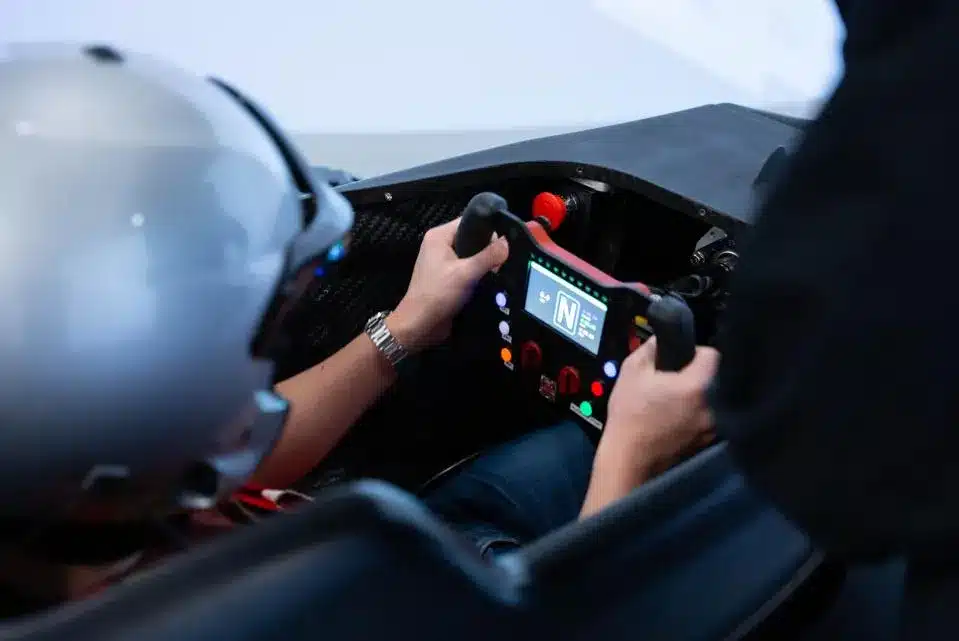
Speaking of on-screen versus on the track, a NASCAR driver once overtook five other cars using a physics trick he saw in a videogame.
However, rather than training F1 drivers, this simulator will be used by car designers and engineers.
It’s hoped to nix the need to build a physical prototype for every car model to test on roads – and it’s far cheaper.
“Manufacturers can run through a whole series of tests in one day that would take many months and millions of pounds if they had to make a prototype in the real world,” said Warne.
McLaren has bought the simulator and signed a partnership deal to develop further refinements.
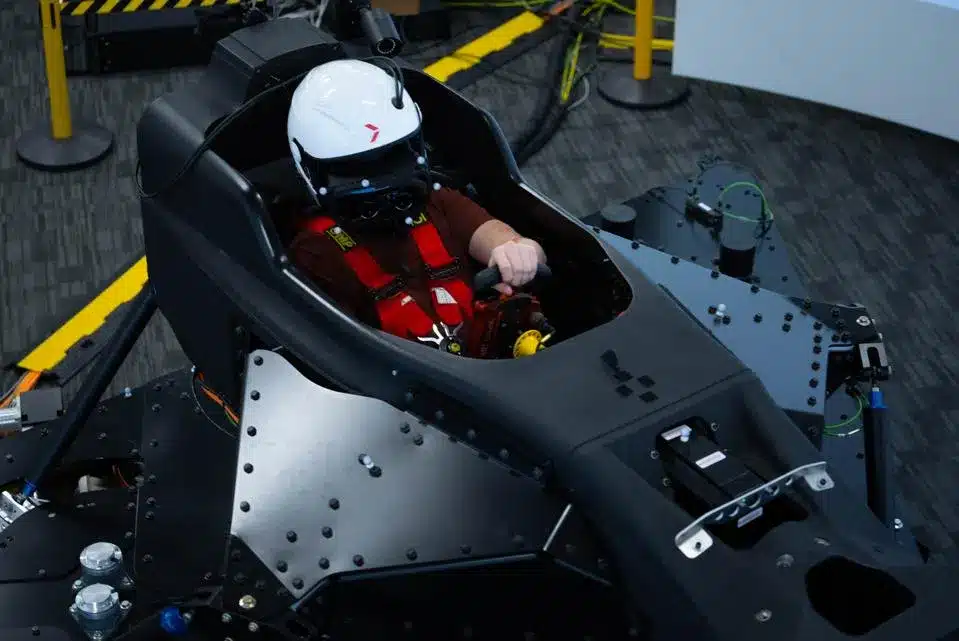
“We’re able to explore new ideas – including those that exist only as concepts – quickly and efficiently in the virtual world without using real-world resources,” Mark Salmon, McLaren’s principal engineer for Advanced Virtual Engineering, told the BBC.
“And when we’re developing a new technology or feature – or even a whole new vehicle – we can test and evaluate different scenarios instantly, pushing the boundaries of what’s possible.”
If you like the idea of having a go, this unbelievable simulator lets you play games using actual physical car.
For now though, manufacturers will still have to make real prototypes, but much later in the development process.
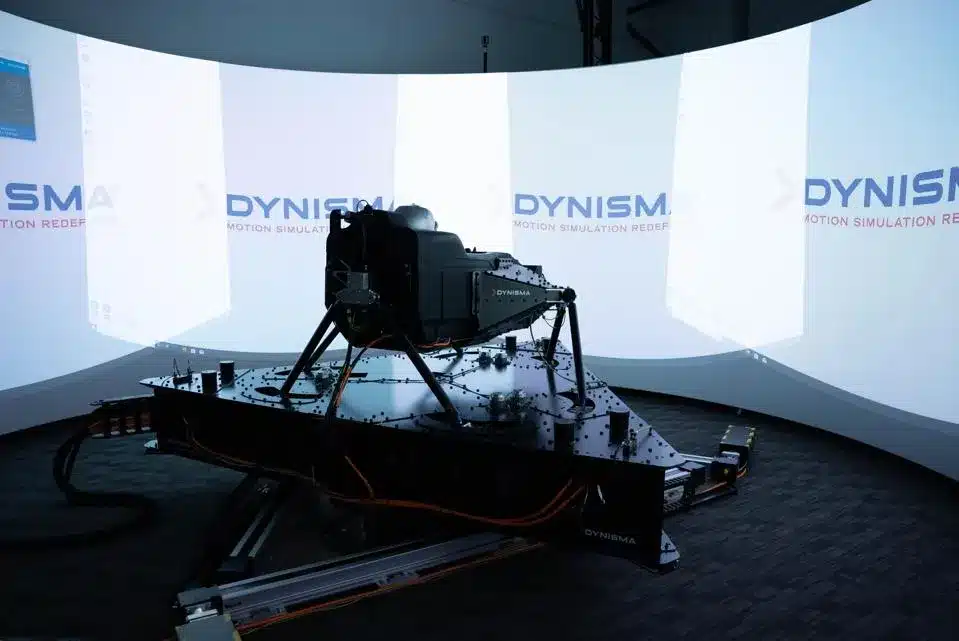
McLaren hopes to cut out real-life prototyping altogether someday.
Engineers can experiment with new solutions quickly and cheaply for the development and production of battery electric vehicles.
It’s also hoped that advanced technology like the car simulator, or robotic assembly lines – like the ones at Amazon and Mercedes – will help the UK compete globally by filling vacancies in the manufacturing sector.
DISCOVER SBX CARS: The global premium car auction platform powered by Supercar Blondie

All Supercar Blondie contributors undergo editorial review and fact-checking to ensure accuracy and authority in automotive journalism. After gaining her BA Hons in French and English at the University of Nottingham, Amelia embarked on a vocational diploma from the National Council for the Training of Journalists (NCTJ). This led to numerous opportunities, from interning at Vogue to being on the small team that launched Women’s Health magazine in the UK, which was named the PPA Consumer magazine of the year for three years running. As Health, Beauty and Fitness editor, Amelia personally received a Johnson & Johnson Award and was shortlisted for both PPA and BSME titles. Since then, Amelia has created content for numerous titles and brands, including the Telegraph, 111 Skin, Waitrose, Red magazine, Stylist, and Elle, as well as being Head of Content at Vitality and Editor in Chief at INLondon magazine. “My superpower is translating technical jargon about the mechanical workings of a supercar into a relatable story you’ll want to share with your friends after you’ve read it.” After joining the SB Media family as a senior journalist in September of 2023, Amelia’s role has evolved to see her heading up the SEO output of the editorial team. From researching the most ‘Google-able’ key terms to producing evergreen content - it’s been a time of hard work, growth, and success for the editorial team and the Supercar Blondie website. “I like to think of myself as a ‘method journalist’. In other words: I live and breathe whatever I am writing about. When writing about fitness, I trained as a personal trainer, and as a beauty editor, I completed an ‘expert’ in scent diploma with the Fragrance Foundation. “During my tenure at Supercar Blondie, however, I did something I never thought possible: I passed my driving test at the age of 36. One day I’d love to train as a mechanic to better understand what happens under the hood, too. “My sweet spot is providing readers with a ‘takeaway’ (read: something new they didn’t know before) after reading every one of my stories. While I don’t claim to be an expert in the automotive world, I know the experts and bodies in the field to rely on to provide our readers with an informative and thought-provoking story every time they visit the site.”
